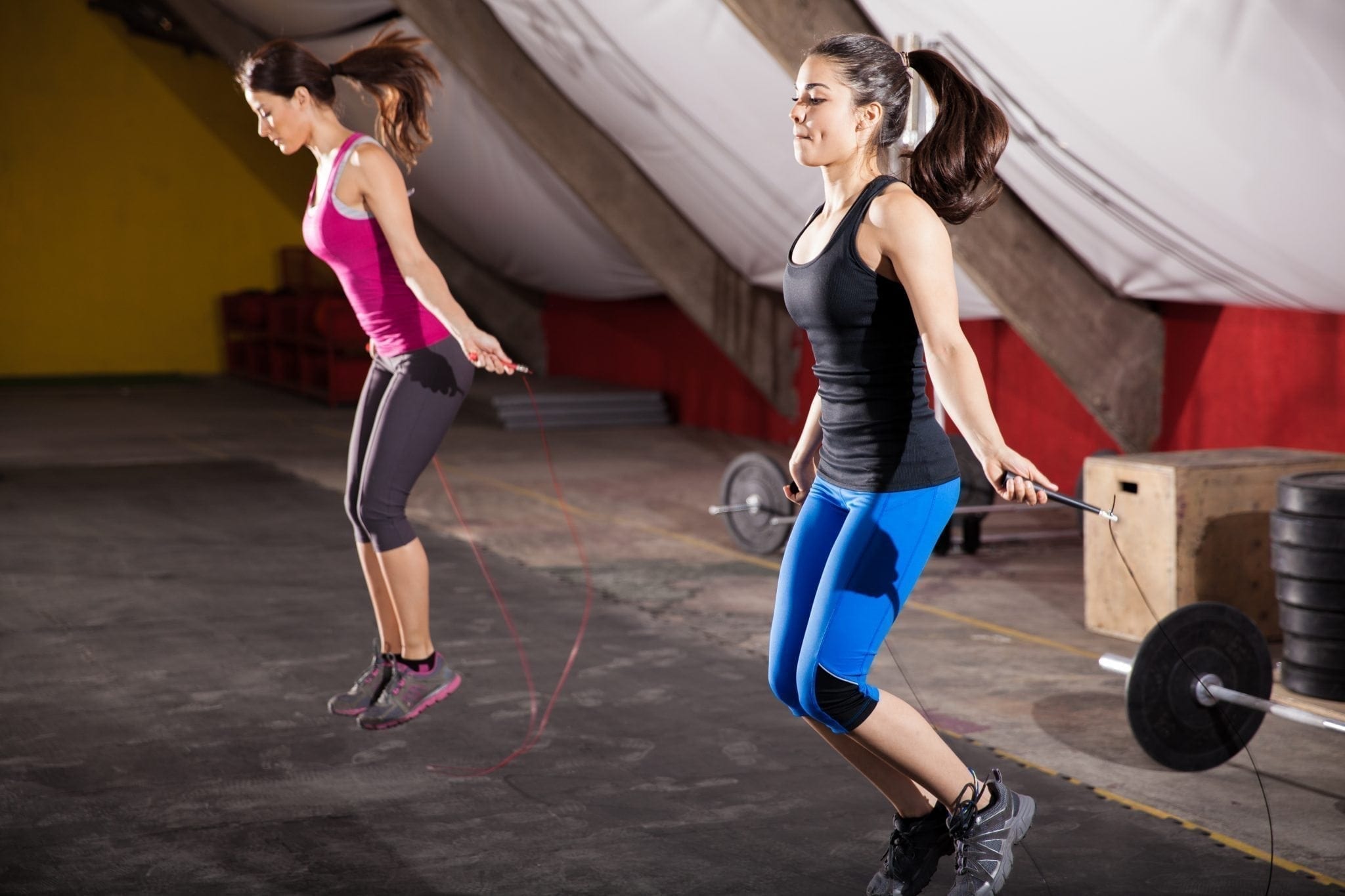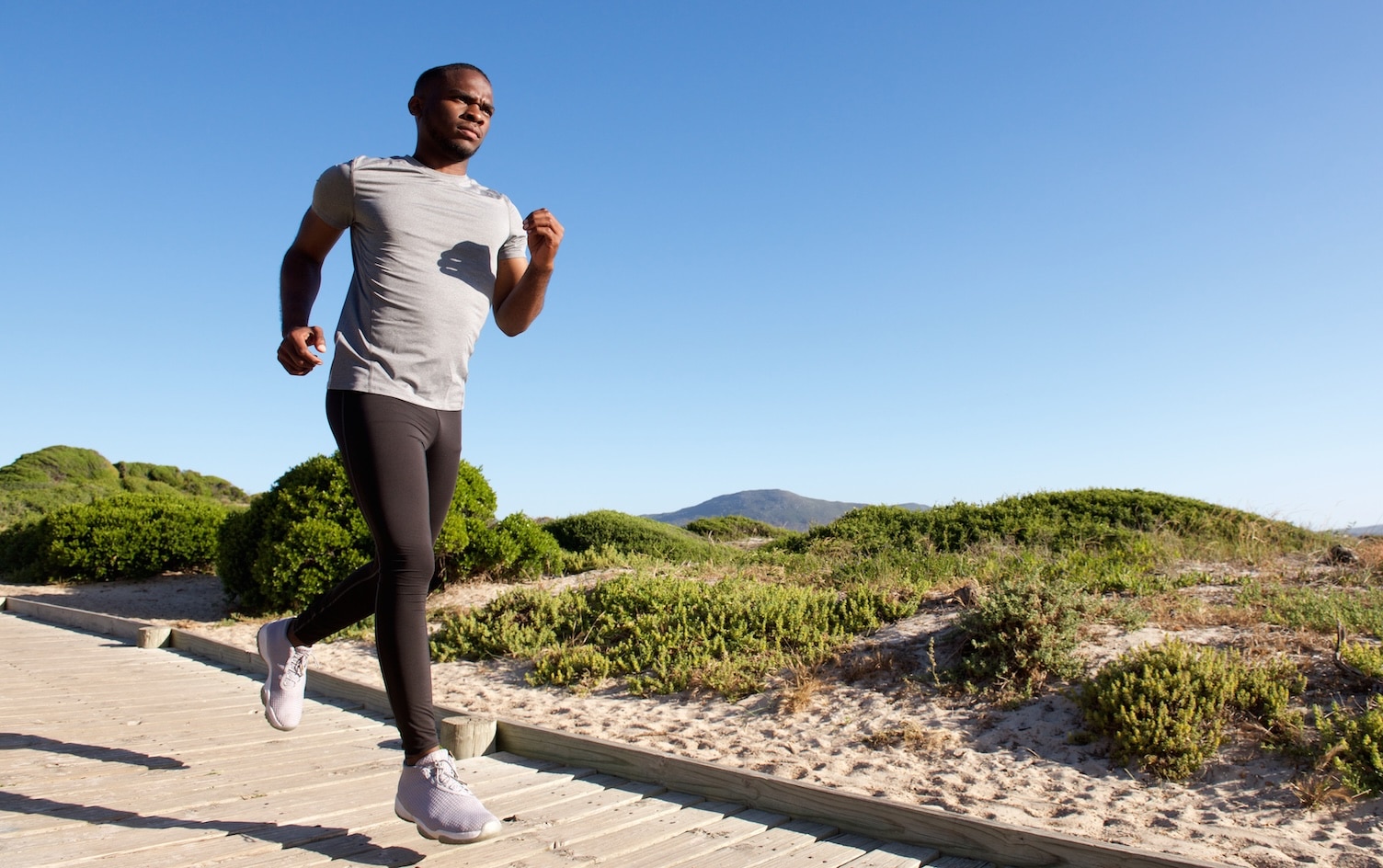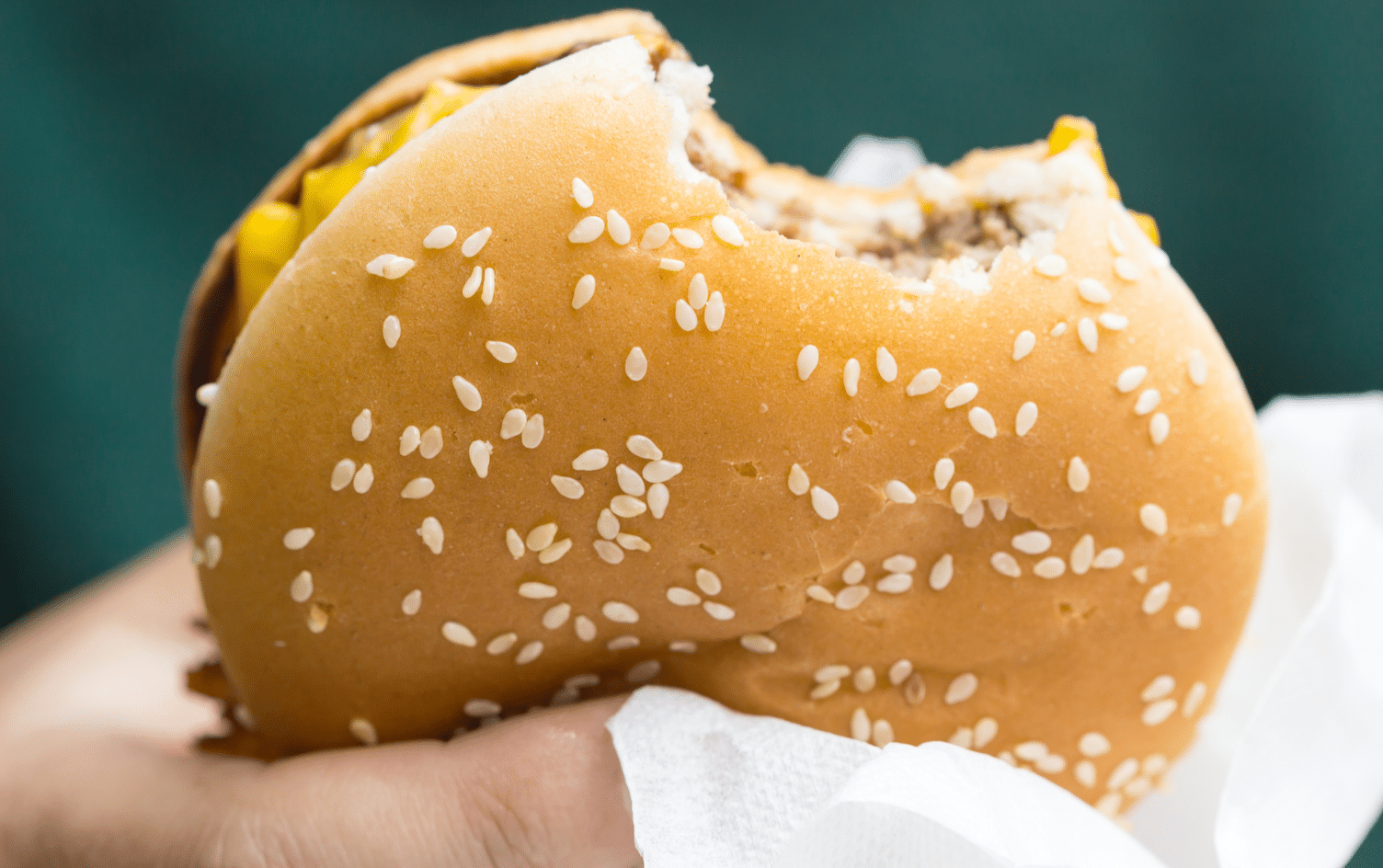Patients ask me regularly if they really need to warm up before they work out. The short answer is yes. The longer answer is yes, but you need to do it the right way. (I’ll get to that shortly.)
Warm-ups are crucial because they get your muscles ready for activity. Without warming up, you not only risk injury but you also get less from your workout. How many times have you gone for a run and felt heavy and slow for that first mile? That’s because your muscles are spending that time trying to turn on. A warm-up takes care of that, making you feel stronger and faster from the start.
Here’s the science behind why you need to warm up:
- An effective warm-up gets your muscles to activate via the stretch reflex, an automatic response your body has when a muscle is lengthened.
- When the muscle lengthens, the muscle spindles (sensory receptors located in the muscle) are activated. The muscle spindles then send a message to your spinal cord, which responds with its own message for the muscle to shorten. Think of the knee-tap test your doctor does. The tap causes the patellar tendon and quadriceps muscles to lengthen slightly, then shorten and make you kick.
When you exercise first thing in the morning or after a day of sitting at work, most of your muscles are tight while some might be completely shut off. A warm-up activates the stretch reflex, essentially telling your muscles they need to turn on. Activity requires lengthening and shortening of muscles, and this gets you ready for that. The stretch reflex is intended to protect your muscles from being pulled too far and tearing, so in addition to optimizing muscle production, you are also helping prevent injury.
Warm-Up Mistakes to Avoid
A proper warm-up will prepare your body for activity by hitting all your muscles in a systemized way. For example, you want to focus on your hip flexors first and then move on to your glutes. This ensures all of your muscles are on and working together.
The problem is not everyone warms up the right way, which can cause more harm than good. Here are two of the most common mistakes to avoid when warming up:
- You don’t address muscle tightness first. If you are really tight (which most people are), it can be difficult for you to do a proper warm-up effectively. Addressing these muscles first with a foam roller or lacrosse ball will loosen them up and allow you to reap the benefits of your warm-up.
- You use static stretching as a warm-up. Stretching should be done after activity as part of your cooldown. I know stretching before a workout seems like the natural order, but studies show that static stretching can actually decrease your performance. In other words, you are better off not warming up at all than warming up with stretching.
This makes sense if you consider the stretch reflex. Static stretching lengthens the muscle too much, not allowing it to contract. Imagine you are pulling a rubber band. When you let go, the band snaps back quickly with a lot of force, but if you pull it too far, it either breaks or is so overly stretched, it can’t snap back. Avoid static stretching, and go for a functional warm-up involving exercises that lengthen and shorten your muscles.
What makes a good functional warm-up? A good warm-up should cover your whole body and apply to all activities. I give all of my athletes the same functional warm-up regardless of their sport. Rather than tailor your warm-up to your activity, it should be based more on your body’s specific needs. For example, if your shoulder blades are in an upward position, add an exercise to force your shoulder blades down, or if you are really tight, start with muscle releases before moving on to the exercises.
Check out this 10-minute routine filled with the most effective warm-up exercises to get you ready for any type of workout.




